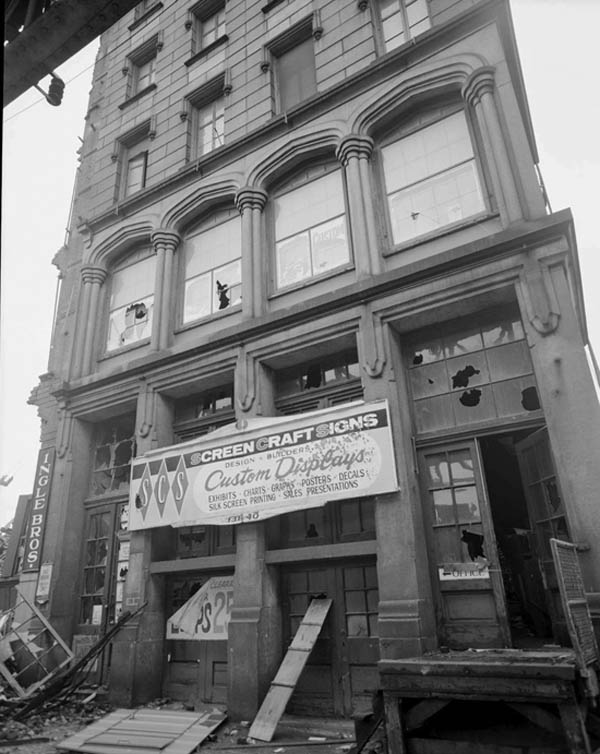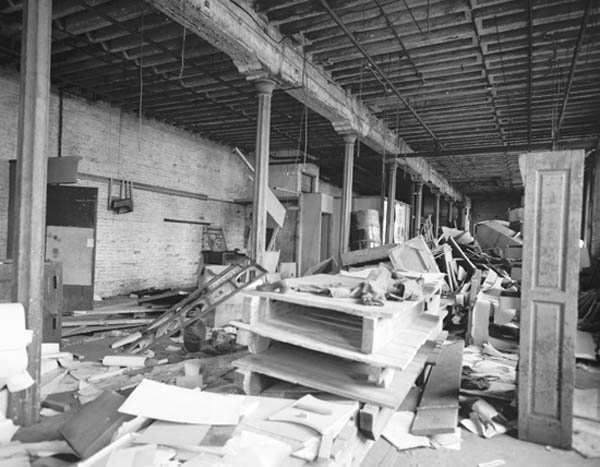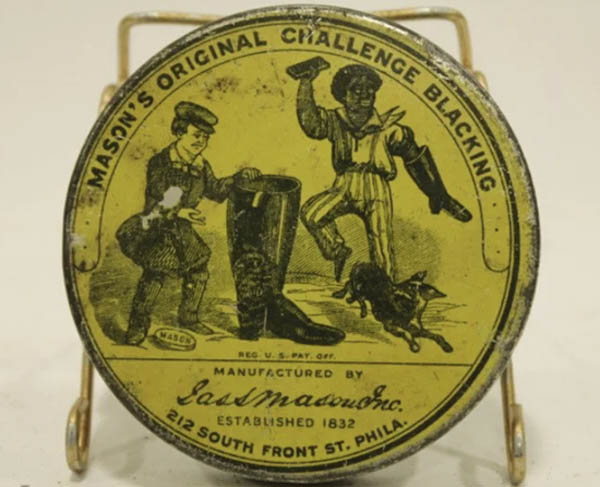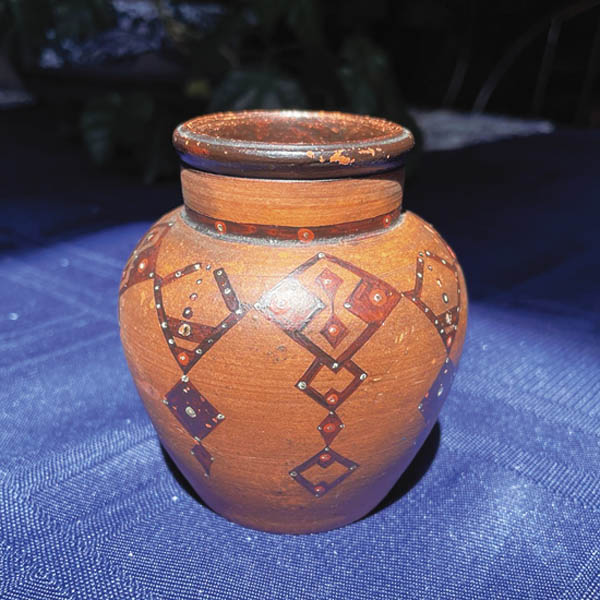A Painted Red Earthenware Jar Marked Mason & Co. Phil.
By Justin W. Thomas - May 19, 2023
In the late 18th and early 19th century, many forms of shoe polish became available in Europe, especially in England, yet then it was rarely referred to as shoe polish or boot polish. Instead, the product was often called blacking, specifically when mixed with lampblack, or referred to as dubbin, a type of prepared grease used for softening or waterproofing leather. Furthermore, tallow, an animal by-product, was also used to manufacture a simple form of shoe polish. For instance, in Chicago, where 82 percent of the processed meat consumed in the United States during that period was processed in the stockyards, the city became a major shoe polish producing area. In London, the Warren brothers, Thomas and Jonathan, started to make blacking ca. 1795 to 1798, initially in partnership with each other, and then branching off establishing their own competing companies. Interestingly, Jonathan Warrens Blacking company is noted as the first employer of the young Charles Dickens (1812-70) at the age of 12 in 1823. The main competitor to the Warren companies in London was the Day & Martin Company established in 1801. Details of the operation of Day & Martin in 1842 reveal that the blacking they produced was in two forms, bottled liquid and a thick paste which was available in either small wide-mouthed stone tubs, slabs wrapped in oiled paper or in circular tin-boxes, about three inches in diameter and half or three-quarters of an inch thick. Tinned blacking paste was at this time exclusively for Army use, where some of the tins read, Yet, as the soldiers boots or shoes must to some extent emulate the brightness and glitter of the boots of those who pay for battles instead of fighting them, a portable blacking apparatus is provided. Mason & Company of Philadelphia James S. Mason (1811-88) was born to James Mason and Alice Heywood in Lancashire, England, in 1811. He came to Philadelphia with his parents around 1830 and founded James S. Mason & Company about 1832, which was a manufacturer of shoe blacking and ink pigments. His blacking was basically tallow and lamp black. In 1851, James S. Mason & Company constructed a building at 138/140 Front St. where ultimately 10 million boxes were produced annually to hold tins of blacking. He employed 200 workers. Later, tins of blacking were labeled as Mason Shoe Polish. In the book, Philadelphia and Its Manufactures: A Hand-Book of the Great Manufactories and Representative Mercantile Houses of Philadelphia, in 1867, Edwin Troxell Freedley wrote, Philadelphia has the largest Blacking Manufactory in the United States, and, with one exception, probably the largest in the world. We allude to that of James S. Mason & Co., 138 and 140 North Front street, which was found by the senior partner about 35 years ago. All the operation of manufacturing both Blacking and Ink are conducted here on a vast scale. Nearly two million sheets of tin are consumed in this one establishment, and about ten million boxes for Blacking are manufactured annually. Two hundred hands are employed in the various departments. Masons Blacking is now a standard article of commerce. Mason & Company also heavily advertised itself in the 1800s, whereas some advertisements depicted shoe blacking competition between two African-American shoe shiners. In this case, the men are portrayed in caricature, holding a brush, a canister of Masons Blacking and a boot, while they dance on a table. An African-American man fiddler sits on a stool and plays. In the foreground, a white man holds an oversized boot; a white shoeshine boy, his pack on his back, stands behind an older man holding his arm as he points at his reflection in the boot. In the left background, a troop of white Union soldiers marches behind a parade marshal adorned in M insignias. The men carry a banner reading, Masons (Original) Challenge Blacking (Philadelphia), as well as boots, and signs spelling M-A-S-O-N. In the right background, a crowd of spectators, including figures likely representing Germany, the Ottoman Empire, Britain, and possibly France, stand and watch the competition attentively. The scene also includes boxes of Masons Challenge Blacking. Following the death of Mason in 1888, his son Richard assumed control of the business, which ceased operation in 1919, and the building was razed in 1973. Among the interesting artifacts that survive from Mason & Company today is a small 19th century red earthenware or terracotta jar. The jar may have been a commemorative object used for advertising, although it may have also held a product that the company manufactured and sold. This jar was recently discovered in the suburban Philadelphia area, and it is painted with ancient style design, a type of production that was popular with some American potters after 1870, such as a small group that operated in and the around the Boston area. The base of the jar is impressed Mason & Co. Phil. There is also a letter R impressed on the base. The manufacturer of this pot is not identified, but it may have been produced nearby at a company such as Galloway and Graff (later the Galloway Terra-Cotta Company) in Philadelphia. Not a lot is known about this companys early production from about 1810, but the company is known in the later years of the 1800s, when Galloway won awards at the Philadelphia Exposition in 1876, the Chicago Exposition and the St. Louis Exposition. And even though the shapes and design are more sophisticated, this type of painted terracotta ware was made at Galloway and Graff in 1881, such as some objects that are displayed in the Cincinnati Museum of Art in Ohio. Even more so, if this pot was not produced by Galloway, then I suspect it was made by another local manufacturer and, either way, likely represents two different successful businesses working in the Philadelphia area in the 19th century. Sources Freedley, Edwin T. Philadelphia and Its Manufactures: A Hand-Book of the Great Manufactories and Representative Mercantile Houses of Philadelphia, in 1867, Philadelphia: Edward Young & Co., 1867. Thomas, Justin W. The Galloway Terra-Cotta Company Of Philadelphia: A Brief History And Examination, Antiques & Auction News, Feb. 3, 2023.









SHARE
PRINT